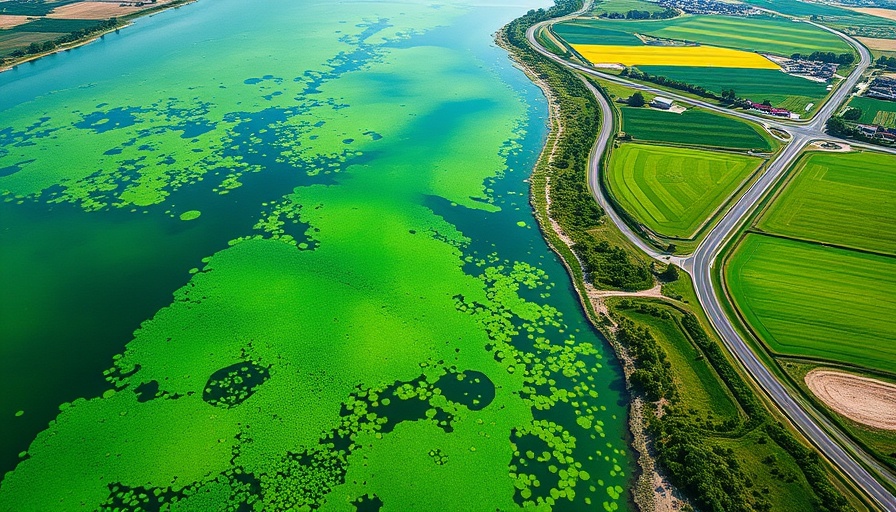
Understanding South Florida's Water Crisis
South Florida's drinking water is sourced from the vast wetlands of the Everglades, which has historically provided clean water for millions. However, this natural reservoir is in peril due to environmental changes and human impacts.
The Everglades: A Natural Filter Under Threat
The Everglades, renowned for its rich biodiversity and intricate ecosystems, face a perfect storm of crises. As the region suffers from urban expansion and agricultural runoff, harmful algal blooms jeopardize water quality. Agriculture, predominantly sugarcane, is a significant contributor, with 80 tons of phosphorus escaping into the wetlands annually. This nutrient overload not only threatens the wetlands' ability to filter water but is linked to health problems associated with elevated nitrogen levels in drinking water.
Saltwater Intrusion: A Growing Concern
Alongside nutrient pollution, saltwater intrusion poses a new and alarming threat to South Florida's fresh water supply. As sea levels rise, the balance of fresh and saline water shifts, particularly along the coastal regions, jeopardizing the available drinking water for many residents. This challenge emphasizes the urgent need for comprehensive environmental restoration efforts in the Everglades, which serves as a critical buffer against such threats.
Future Restoration Efforts
In light of these escalating challenges, continued investment in the restoration of the Everglades is crucial. While the past 25 years have seen some improvements due to dedicated restoration initiatives, the community must address the ongoing pollution and climate threats to safeguard water quality moving forward. A collective commitment to preserving this vital ecosystem is essential, not only for environmental health but also for the future of drinking water in South Florida.
 Add Row
Add Row  Add
Add 

 Add Row
Add Row  Add Element
Add Element 




Write A Comment